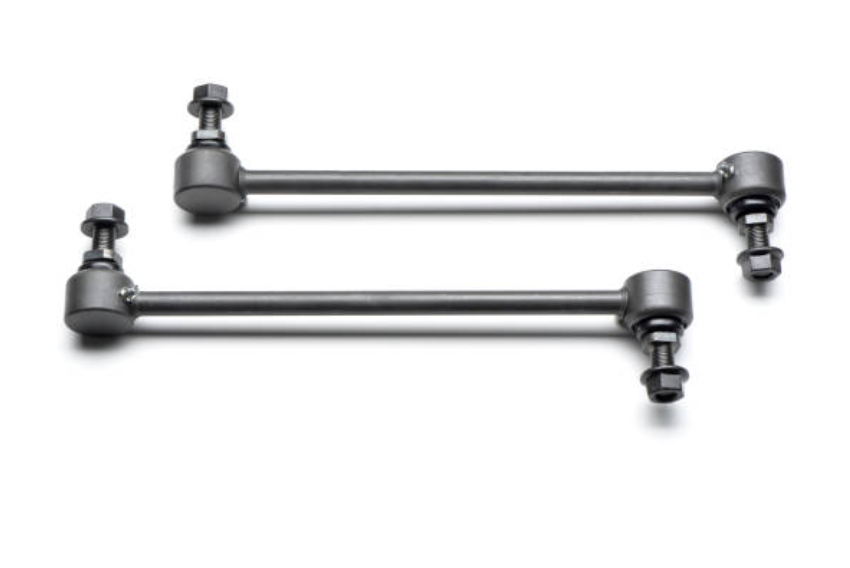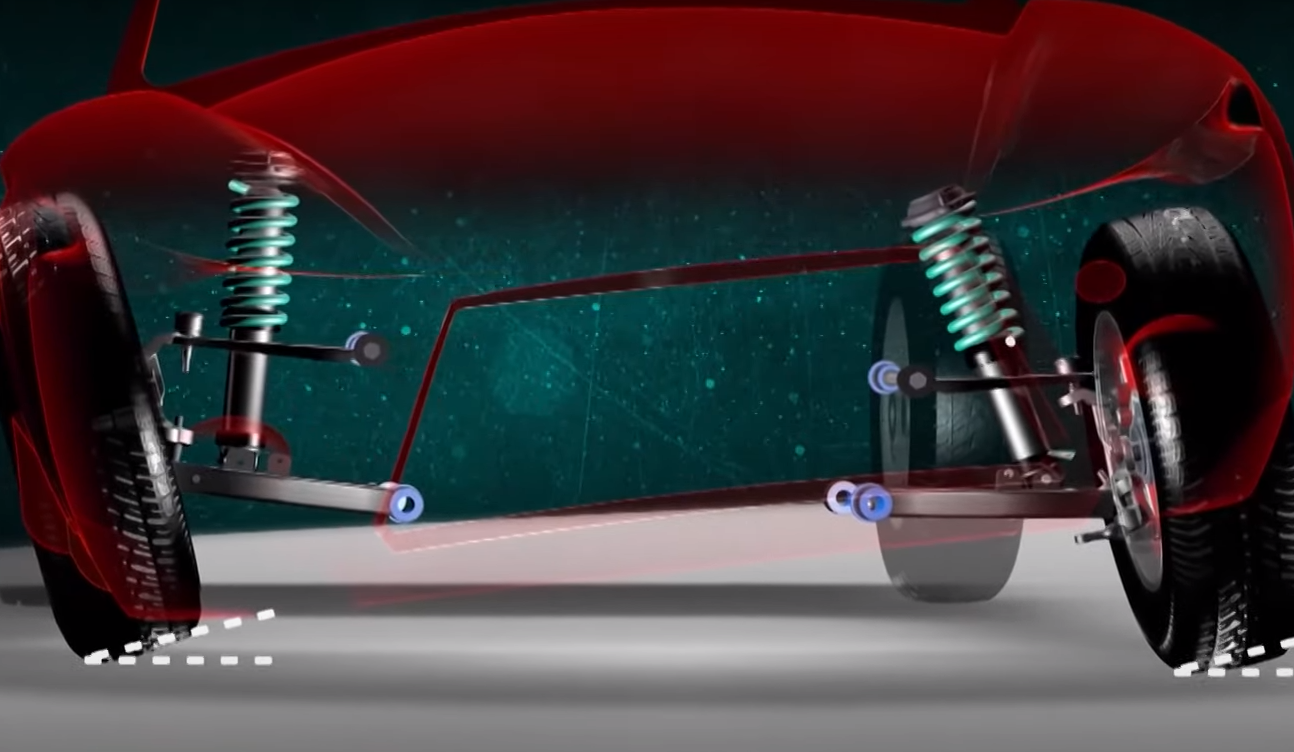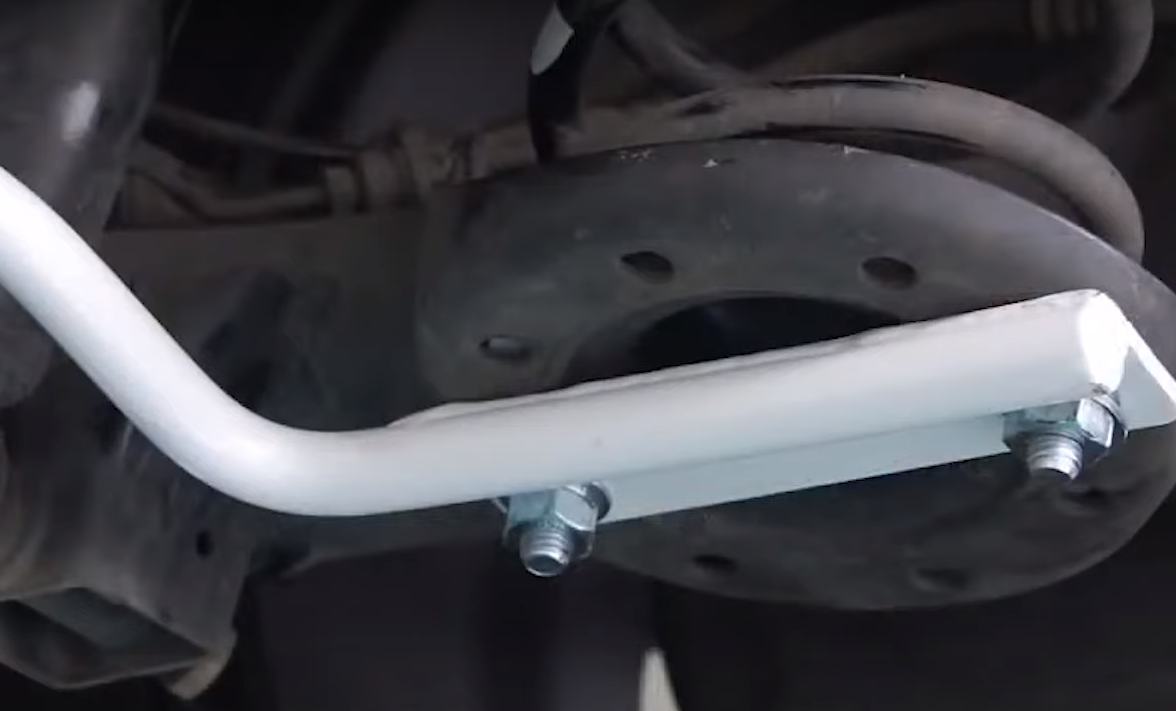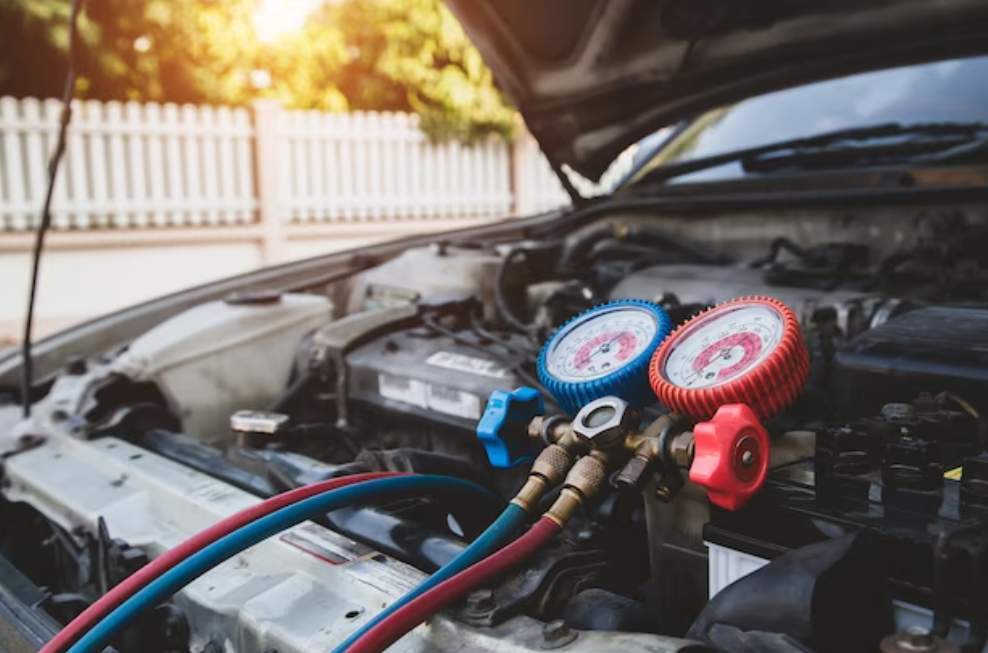Exploring the Sway Bar
Have you noticed your car exhibiting a rougher ride lately? Is it increasingly challenging to maintain a straight path as your vehicle tends to drift off course? If you're experiencing these issues, it's likely that your sway bar, often referred to as an anti-roll bar, might be in need of attention. The sway bar serves as a crucial component that contributes to your vehicle's stability and its ability to navigate road imperfections smoothly. We'll delve into the role of the sway bar and discuss how inspecting it can enhance your safety on the road!

What is a Sway Bar?
A sway bar, which can also be referred to as a stabilizer bar or anti-roll bar, constitutes a crucial element within a vehicle's suspension system. It is essentially a metallic rod that horizontally links the suspension components on both the left and right sides of the vehicle. The primary function of a sway bar is to mitigate body roll when the vehicle undergoes turns or abrupt maneuvers.
When a car turns or experiences lateral forces, the weight of the vehicle shifts to one side. This causes the suspension on one side to compress while the opposite side extends. The sway bar counteracts this motion by transferring force from the compressed side to the extended side. This helps keep the vehicle level and stable during turns, ensuring that all four wheels maintain good contact with the road.

Enhanced Stability:
Sway bars are instrumental in maintaining the stability of a vehicle during turns and cornering. By connecting the left and right sides of the suspension, they help distribute the weight evenly, preventing excessive body roll. This ensures that all four wheels remain firmly planted on the road, enhancing traction and control.
Reduced Body Roll:
Excessive body roll can lead to a feeling of instability and reduced control over the vehicle. Sway bars counteract this by minimizing the tilting and leaning of the car when taking curves, resulting in a more balanced and predictable driving experience.
Improved Comfort:
Sway bars contribute to a smoother and more comfortable ride. They help limit lateral movement when encountering road imperfections, uneven surfaces, or abrupt lane changes. This results in a more comfortable and composed journey, reducing the sensation of being tossed around inside the vehicle.
Safer Handling:
By reducing body roll and enhancing stability, sway bars play a significant role in improving a vehicle's overall handling. This, in turn, contributes to safer driving by reducing the likelihood of skidding or loss of control in critical situations.
Customization and Performance: Sway bars can be upgraded or fine-tuned to suit specific driving preferences. Enthusiasts often opt for stiffer sway bars to enhance a vehicle's handling characteristics for sportier driving, while others may prefer a balance that prioritizes comfort.

To understand the mechanics of sway bars, picture this scenario: " You're maneuvering through a sharp corner. As your car leans towards the outer edge of the turn, the sway bar steps in to oppose this motion, transferring force from the side with compressed suspension to the side with extended suspension." This equalizing action maintains your car's level stance, ensuring both the inner and outer wheels stay firmly in contact with the road surface.

A multitude of automotive enthusiasts enthusiastically explore the option of enhancing their sway bars, aiming to craft a driving experience tailored to their specific preferences. The choice of a stiffer sway bar is often their method of choice, strategically employed to curtail body roll and provide distinct advantages to those who savor a more spirited and dynamic driving encounter.
However, navigating this upgrade path necessitates a judicious approach, as excessively rigid sway bars can potentially introduce a trade-off, affecting not only ride comfort but also the traction and overall performance of the vehicle. Therefore, striking an optimal equilibrium in sway bar selection is of paramount importance for those seeking the ideal blend of control, comfort, and driving enjoyment.
-
Can I install a sway bar upgrade myself, or should I consult a professional?
Installing a sway bar upgrade can be a complex process, and it's recommended to have it done by a professional mechanic with experience in suspension systems to ensure proper installation and alignment.
-
Are sway bars the same for front and rear suspension?
No, sway bars can vary in size and stiffness for front and rear suspension. The choice of sway bars depends on the vehicle's design and intended handling characteristics.
Read more review here: The 10 Best Motorcycle Helmet Cameras















